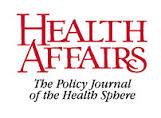MAAC Meets
The Medical Assistance Advisory Committee that works with the Pennsylvania’s Department of Public Welfare met recently in Harrisburg.
Among the subjects discussed during the meeting were the state’s recently passed budget, the Medical Assistance program, the prospects for Medicaid expansion, and more.
Read the official state file note summarizing the meeting here .
.






